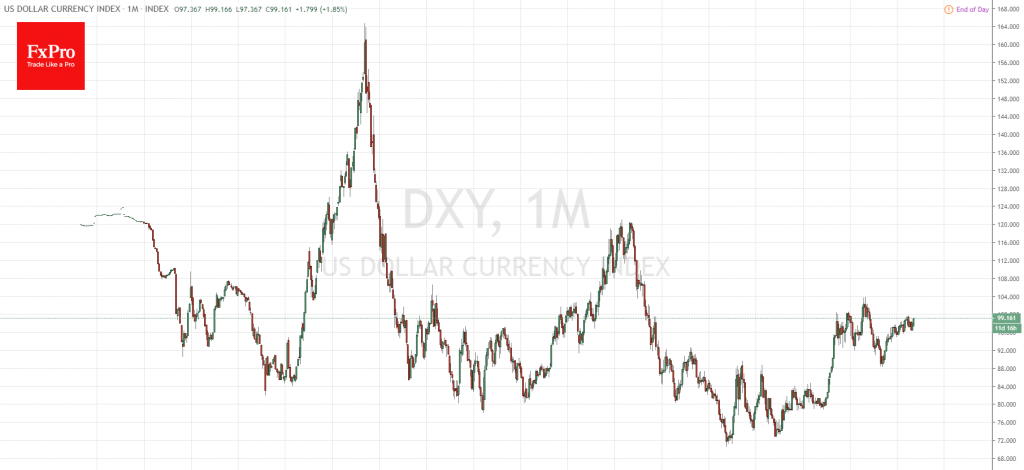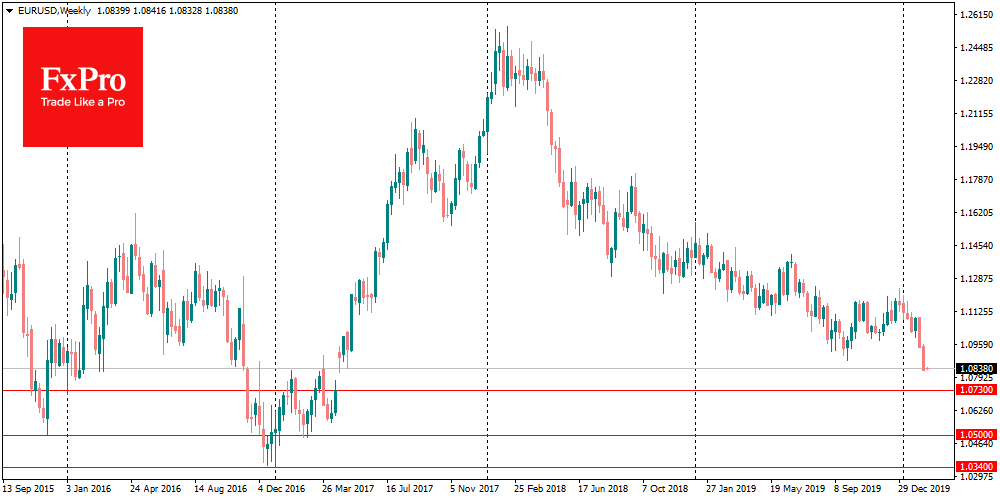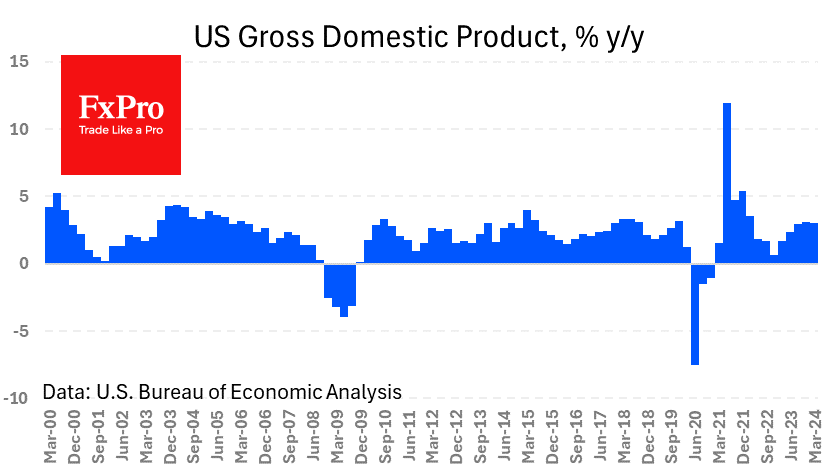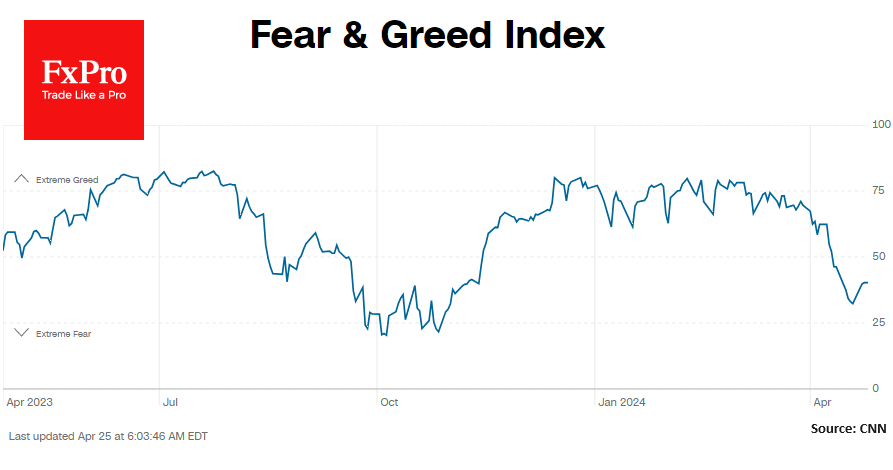Dollar growth possible targets and timing
February 17, 2020 @ 12:28 +03:00
The dollar index closed last week above 99.0, in the three-years peaks area. After touching these levels in September-October last year, the US currency reversed downwards for several times. But this time we will likely see further strengthening of the dollar’s index in the 100-103 area, which will mean a return to the peak levels of 2016-2017. Back then, the dollar index was in the 13-year highs for a little longer than a quarter but soon began to decline.
There is a similar story with the most popular FX pair – EURUSD. After a decline of below 1.0880, it returned to April 2017 levels. From the current levels, the next major downside milestones are 1.0730, 1.0500, 1.0340.
The first mark will close the gap in the pair formed after news on France elections when risks of ultra-right Marine Le Pen coming to power has disappeared. The second mark represents the last round psychological level before the euro and dollar parity. The third is the lower point of the pair in January 2017, when the euro was sliding down on low volumes in the first days of the year.
A decline below 1.0340 will potentially return the pair to 2002 levels. These were the times when the ECB supported EURUSD in the first years of the life of the single currency. At that time, the level of confidence around euro-project was low.
From the fundamental point of view, there are no particular obstacles to the decline of the single currency now. In the 4Q19 the eurozone economy slowed to 0.9% YoY, compared to 2.3% for the US. A long list of comparisons of data not in favour of the eurozone includes inflation, employment growth rates, the scale of the slowdown in industrial production, growth rates in the services.
A wide range of data suggests that the ECB needs a massive policy easing to make it consistent with Fed policies. All these arguments are in favour of the further growth of the dollar. But there is also an argument against it: Trump.
The US president repeatedly and publicly spoke in favour of monetary policy easing, intended to weaken the dollar and through this to support exports. According to the available comments, the exchange rate issue was actively discussed in the US and China trade negotiations, and now it may become one of the crucial cornerstones in the US and EU negotiations, which Trump has outlined for this year.
There have been precedents in US history when the whole world was forced to support or at least not to prevent the weakening of the dollar. There were interventions by European central banks in the early 2000s and the Plaza Accord in the 1980s, not to mention the abandonment of the gold standard in the early 1970s, which also triggered the weakening of the dollar.
History suggests, however, that the dollar weakening has been benefiting the world economy, whose growth rates increased in response to the markets’ desire to put dollars into work, rather than storing them in Treasury Bills. So the US administration may have arguments to convince Europe and the rest of the world to stop the dollar’s appreciation when it seems excessive.
The FxPro Analyst Team









